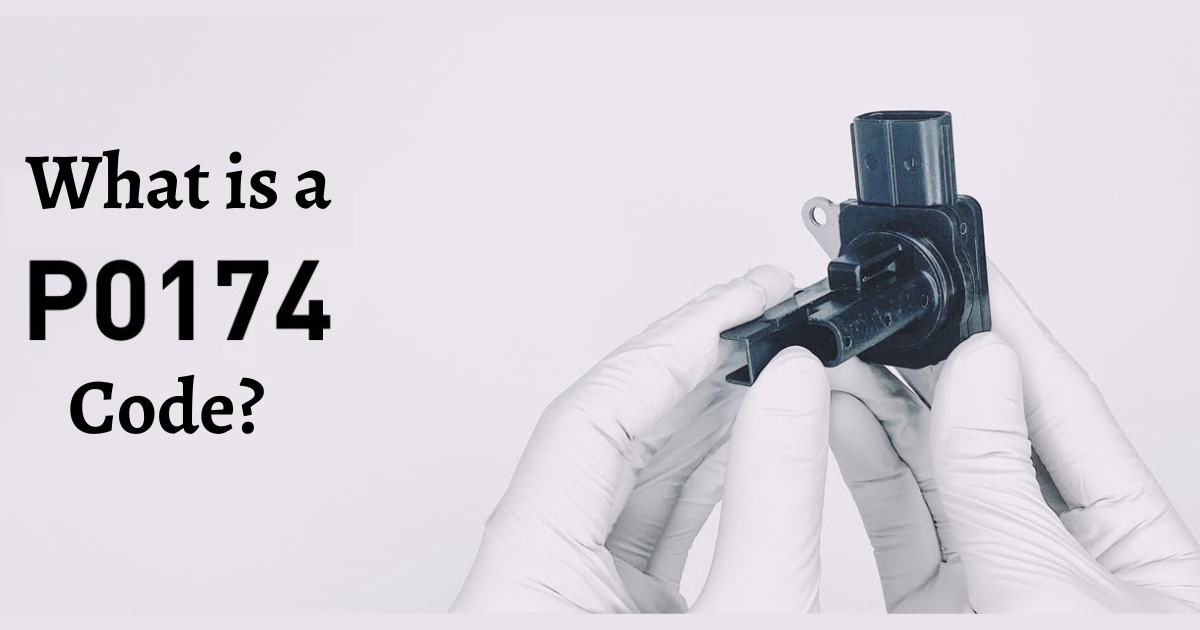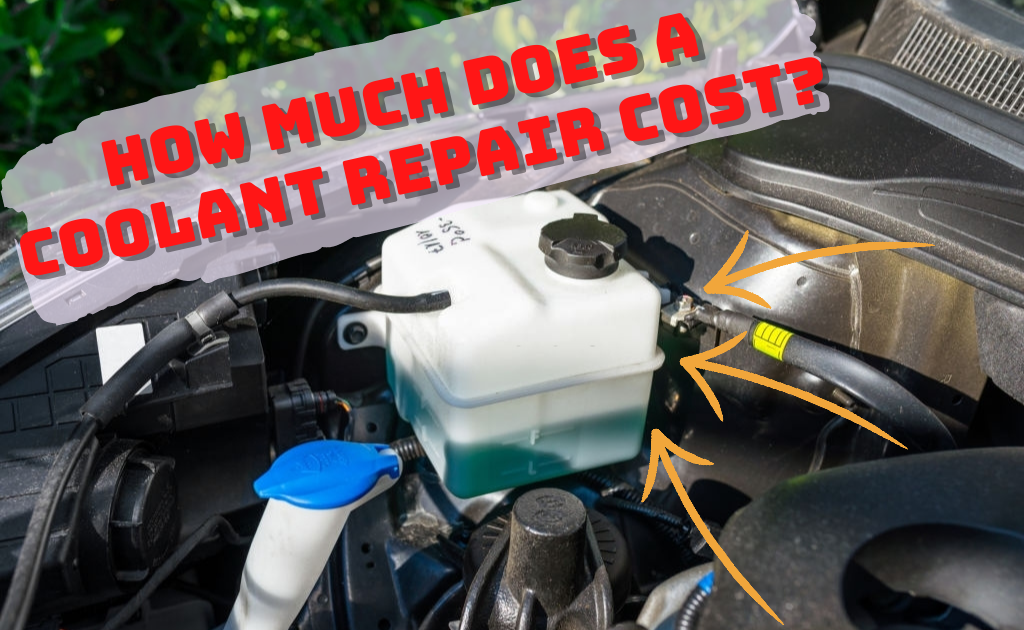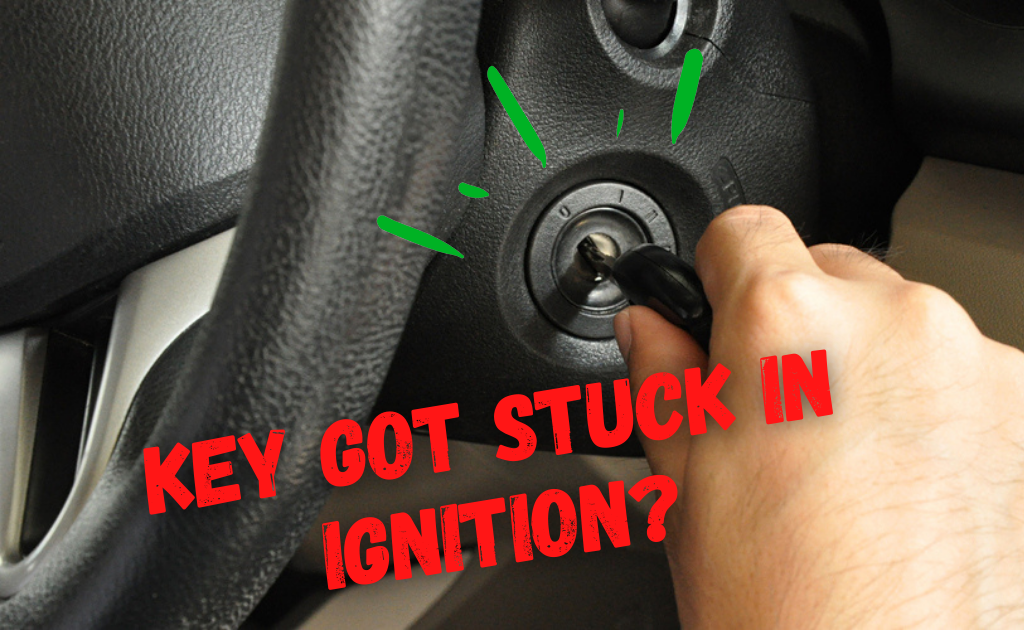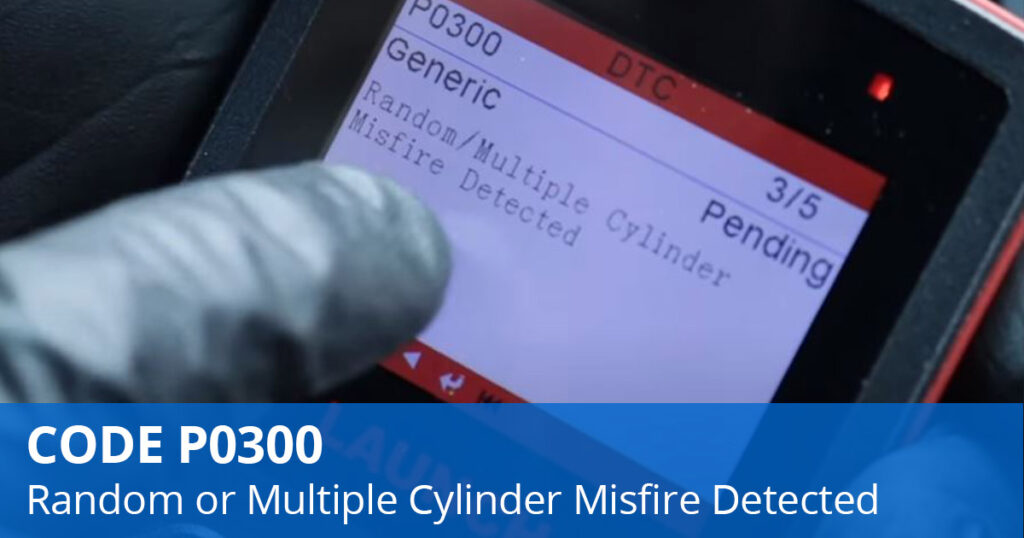
Car engines usually have 4, 6, or 8 cylinders. Your engine will produce more power if it has more cylinders! As soon as you start burning fuel, energy is generated within the cylinder, and your car starts to move. As the fuel burns, the pistons move up and down at predetermined intervals to provide greater power. However, if the ignition timing is off, a misfire will occur. The P0300 error code implies that there is a misfire in two or more cylinders.
Engine code P0300 can occur for a number of reasons, and you might need a mechanic’s assistance to determine the cause. The code signals major problems and can have serious implications, so take the car to a repair right away for inspection. Read on to find out more about the P0300 code, its signs, and how to fix it.
What is the meaning of the code P0300?
The P0300 engine code denotes a cylinder misfiring issue with your car. Misfiring occurs when either not enough fuel is being burned, or the spark plug is malfunctioning. Extreme weather conditions can also harm your car’s catalytic converter.
The P0300 error code stands for “Random or Multiple Cylinder Misfire Detected.” This diagnostic trouble code (DTC) indicates that the computer in your car has found multiple-cylinder or ad hoc engine issues. Other OBD-II codes, ranging from P0301 to P0308, are likely to appear alongside P0300. These codes all represent engine misfires.
The damaged cylinder is identified by the last number in the code. For instance, in the P0302 code, 2 indicates the damaged cylinder. The cylinder number does not refer to the second cylinder in the firing order but to cylinder number “2” in the engine cylinder arrangement. Never overlook the engine code P0300 since misfires can be very expensive to repair.
Potential Causes of P0300 code

Failures in ignition, fuel, or the engine’s internals are all potential causes of misfires. Particularly if you haven’t had a service, worn-out or damaged spark plug coil packs are the most typical cause of this. Here are a few of the contributing reasons to the P0300 engine code:
- Worn-out or damaged spark plugs
- Broken or rusted wires and coils of spark plug
- Faulty fuel injectors
- Incorrect timing of ignition
- Obstruction of the EGR tubes or valves
- Vacuum leaks
- Low fuel pressure
- Head gasket leaks
- A broken distributor cap
- A malfunctioning camshaft sensor
- A crankshaft sensor defect
- An inefficient mass airflow sensor
- An inoperative oxygen sensor
- An impaired throttle position indicator
- A catalyst converter issue
- Has a faulty PCM
- a worn-out or damaged distributor cap (if applicable to the vehicle)
- Rotor button damage or wear (only if applicable to the vehicle)
Symptoms of the P0300 code
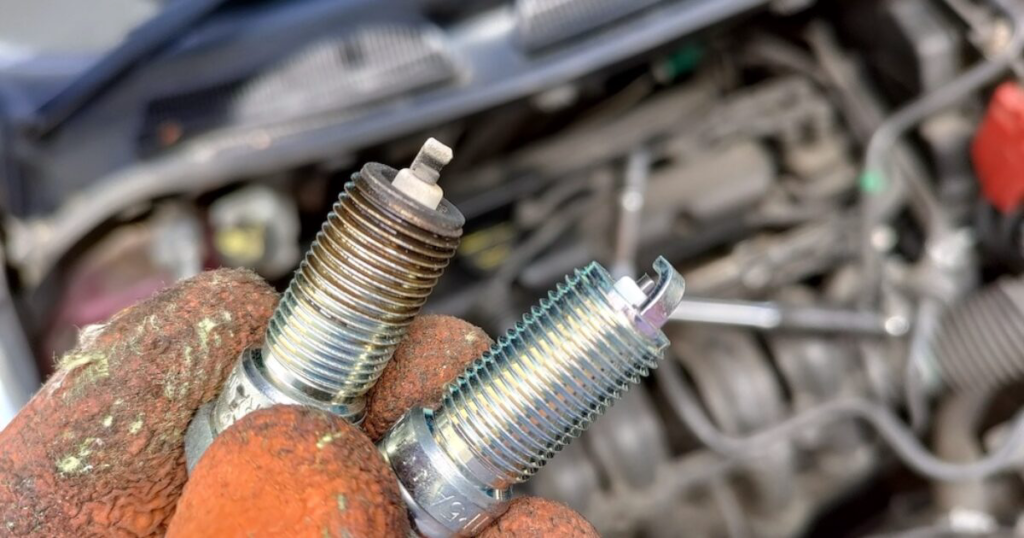
- The car might not start at all or start up more slowly.
- The car dies while it’s stopped.
- The car idles poorly.
- The car can stall out when trying to speed up.
- Not enough power to drive.
- An increase in gasoline usage.
Diagnosing P0300 Code

When a technician eliminates the possibility of a damaged cylinder, fuel injection, or PCM at an early stage, the likelihood of misdiagnosing the P0300 code issue increases. Misfiring may also occur from other associated problems, resulting in the display of any P030X code. Make sure the technician has the necessary professional training. To troubleshoot a P0300 code, a technician can perform the following actions:
- Asking about the issues you’re having with your vehicle and doing an OBD-II scanner scan. Your technician will probably use a scanner if the process of retrieving data from your car needs greater processing power. In order to provide tips, it can retrieve pending, generic, and manufacturer-specific codes.
- Your vehicle will undergo a thorough examination of its spark plug coils, sensors, fuel injectors, and timing components by a trained professional.
Common mistakes when diagnosing the P0300 code
One mistake people often make is ruling out the chance of a PCM, fuel injector, or damaged cylinder. In addition, several associated error codes are often overlooked during diagnosis and repair.
Misfiring may be caused by a malfunctioning PCM, a faulty cylinder, a defective fuel injector or injectors, or other related error codes.
Fixing a P0300 Code

Code P0300 can occur for several causes. Consequently, you have to accurately diagnose the code before applying any necessary patches. Keep yourself well-informed, as the code may indicate anything from worn-out spark plugs to an internal engine problem. Remember that every car is different as well. Refer to your application’s factory repair manual to identify and troubleshoot malfunctioning engine codes.
Factors Involved in Fixing the P0300 Code
- Change the wires, coils, and spark plugs that are damaged.
- Replace or fix any clogged EGR tubes or valves.
- Fix any leaks that occur.
- Replace or fix head gaskets that are leaking.
- Change the airflow, oxygen, camshaft, and throttle position sensors that are malfunctioning.
- Replacing damaged catalytic converters and fuel injectors.
- Diagnose and fix additional relevant issue codes.
- Replace the distributor cap, rotor button, and all wires, coils, and plugs (only if suitable to your car)
- If required, do fix any faulty internal engine parts.
- If there is damage to the cylinders, replace the engine.
- Change the faulty PCM.
Can we fix the P0300 code by ourselves?
In some cases, you can identify and fix the cause of a P0300 engine code at home. However, before doing any repairs, make sure you identify the problem correctly. Depending on the issue, you might need to do the following.
- If the spark plug intake gasket is damaged, replace it.
- Change the ignition coil or give it a cleaning.
- For best results, replace or clean the spark plug.
Fixing the P0300 engine code manually

If you want to fix the P0300 error code manually, follow the below instructions. Find out which cylinder (or cylinders) are malfunctioning before making repairs.
Changing the spark plug
- Take off the spark plug from the engine’s plug covers.
- Check the spark plug spacing with a spark plug gapper (0.024 to 0.071 inches), then use the gapper to restore the correct spacing if needed.
- If a spark plug is damaged, clean it or replace it.
Changing ignition coil
- To begin with, take out the ignition coil from the spark plug’s top. Next, examine the ignition coil for any stains or corrosion. If the coil is dirty or broken, clean it or replace it.
Cost of Fixing the P0300 Code
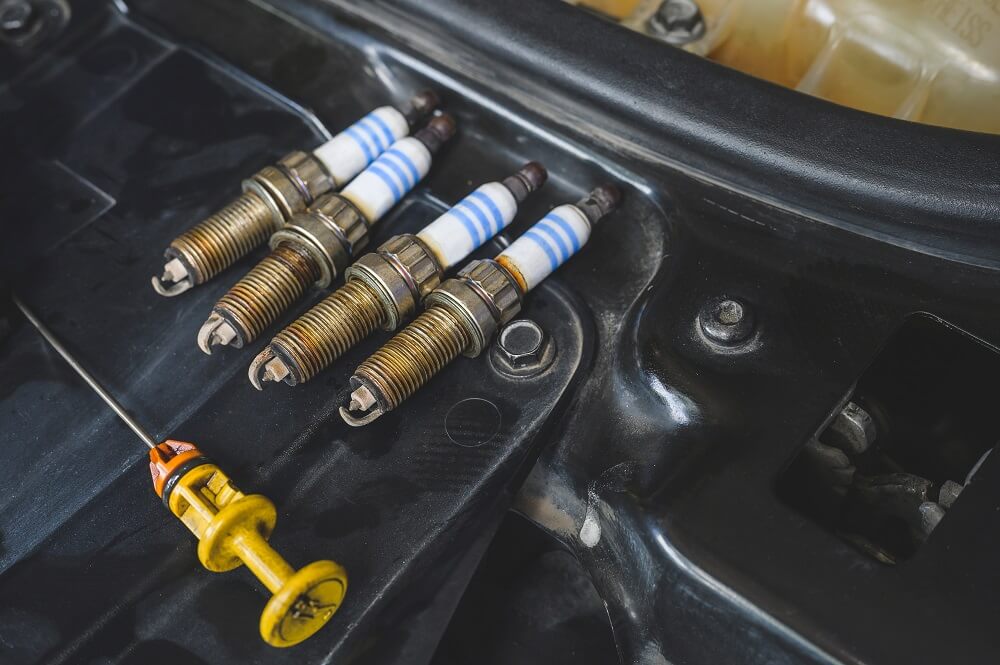
P0300 can be caused by outdated spark plugs, vacuum leaks, and insufficient engine compression. An accurate cost cannot be given without first thoroughly analyzing the issue. When you bring your car in for a diagnostic, most shops will start with an hour of “diag time,” which is the time spent in labor diagnosing your particular problem. It could cost you anything from $75 to $150, depending on the labor rate charged by the shop. The price of the diagnosis will be tacked onto the final bill for repairs if you have the shop handle them.
Estimated Repair Costs for P0300 Code
If the problem is correctly identified, it might need one or more fixes to address the underlying problem. These costs are based on national averages and include labor and componentry. The price you pay will vary according to the type of car and your location.
| Item | Estimated cost |
| Spark plugs | $66-$250 |
| Spark plug wires | $180-$240 |
| Fuel injectors | $1500-$1900 |
| Ignition coils | $230-$640 |
| Vacuum leak | $100-$200 |
| Fuel pump | $1300-$1700 |
| Fuel pressure regulator | $200-$400 |
Is code P0300 dangerous?

Yes. The results of a P0300 code, which signals several misfires, can be disastrous. Additionally, you should use caution if the vehicle displays engine codes between P0301 and P0306. Your car’s driveability may suffer significantly as a result of cylinder misfires. Furthermore, if any P030X code appears, your car might not start displaying codes P0300–P0304, or it might make driving risky. Consequently, as soon as a misfire occurs, get your car towed to a qualified mechanic.
Can you drive with a P0300 code?
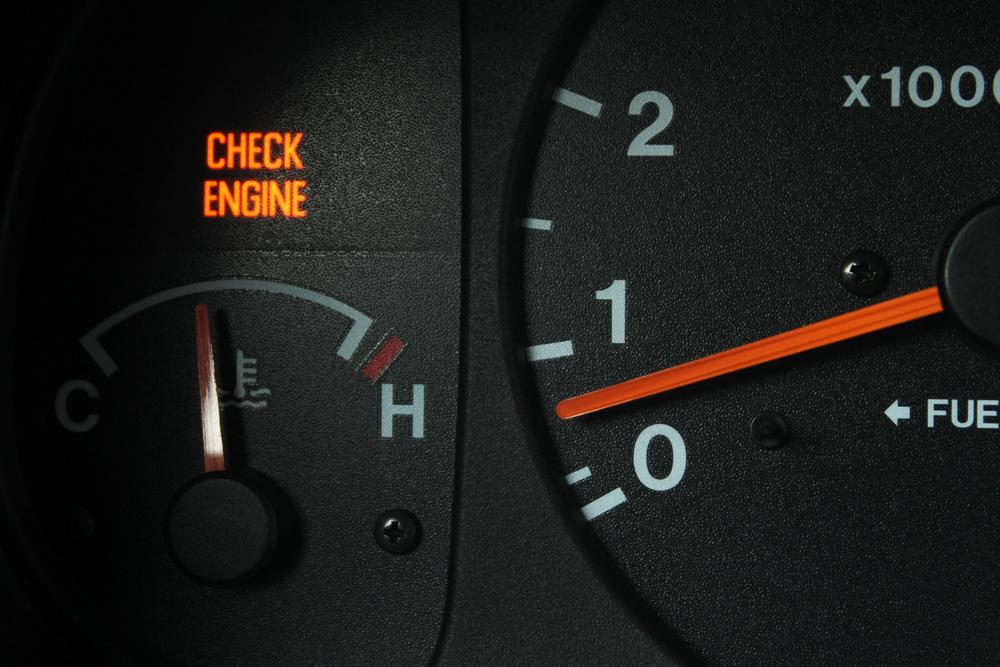
Nope. You need to fix the misfiring right away to keep the catalytic converter and other parts inside the engine from getting damaged. Therefore, if the vehicle displays a P0300 code, you should never drive it.
It is preferable to find your closest service center and have a professional inspect the problem in order to diagnose a P0300 code or any other code between P0301 and P0306. Seek the assistance of a towing company to safely transport your vehicle to its repair location if any of the engine code symptoms are present in your vehicle.
Frequently Asked Questions
Can a faulty catalytic converter result in a P0300 code?
The failure of the exhaust to breathe sufficiently can cause the unburned exhaust gases to ignite inside the catalytic converter, which will cause the code to display. A faulty or obstructed catalytic converter can lead to a decrease in fuel economy.
Can an exhaust leak lead to a P0300 code?
Yes. The exhaust leak can cause the code to appear.
Can a faulty fuel pump cause a P0300 code?
A defective fuel pump will not supply enough gasoline, resulting in a misfire, the illumination of the check engine light, and the appearance of error codes P0300 through P0312. If this occurs while the engine is operating, there may be a lean air/fuel mixture, which means there is too much air and not enough fuel, which could lead to an engine misfire.
Could an O2 sensor failure result in a P0300 code?
Yes. A defective sensor can lead to an inaccurate air/fuel ratio because it is one of the most important inputs used by the car’s computer for fuel regulation. Moreover, it could result in a P0300 code and engine misfiring.
Conclusion
The code shows up when there are random misfires in more than one cylinder. If the code appears, get off the road. Fix this code as quickly as possible (ideally the same day) to prevent ignition failure, damage to the catalytic converter, and risky driving conditions.
Multiple misfires can be caused by a variety of things, such as damaged spark plugs and inadequate engine compression. With so many potential causes of a misfire, the best way to save money is to find a reliable repair company that can quickly identify the code P0300.

